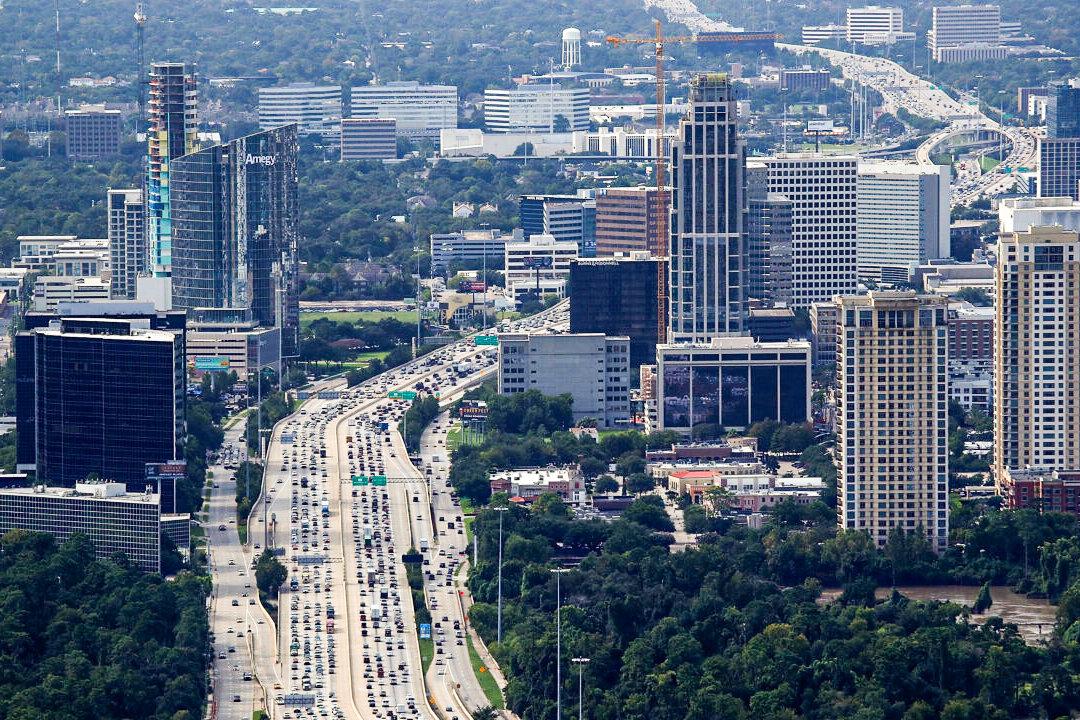Arizona and Texas have recovered all jobs lost during the CCP (Chinese Communist Party) virus pandemic, thanks to an influx of coastal urbanites and businesses into the states in recent years.
These two states have now joined the ranks of Idaho and Utah for a full jobs recovery. The latest statewide data from Texas, dating back to November, indicates that the Lone Star State has added 28,000 more jobs than it counted in February 2020; with Arizona, Idaho, and Utah adding 5,000, 14,500, and 61,000 new jobs, respectively.





